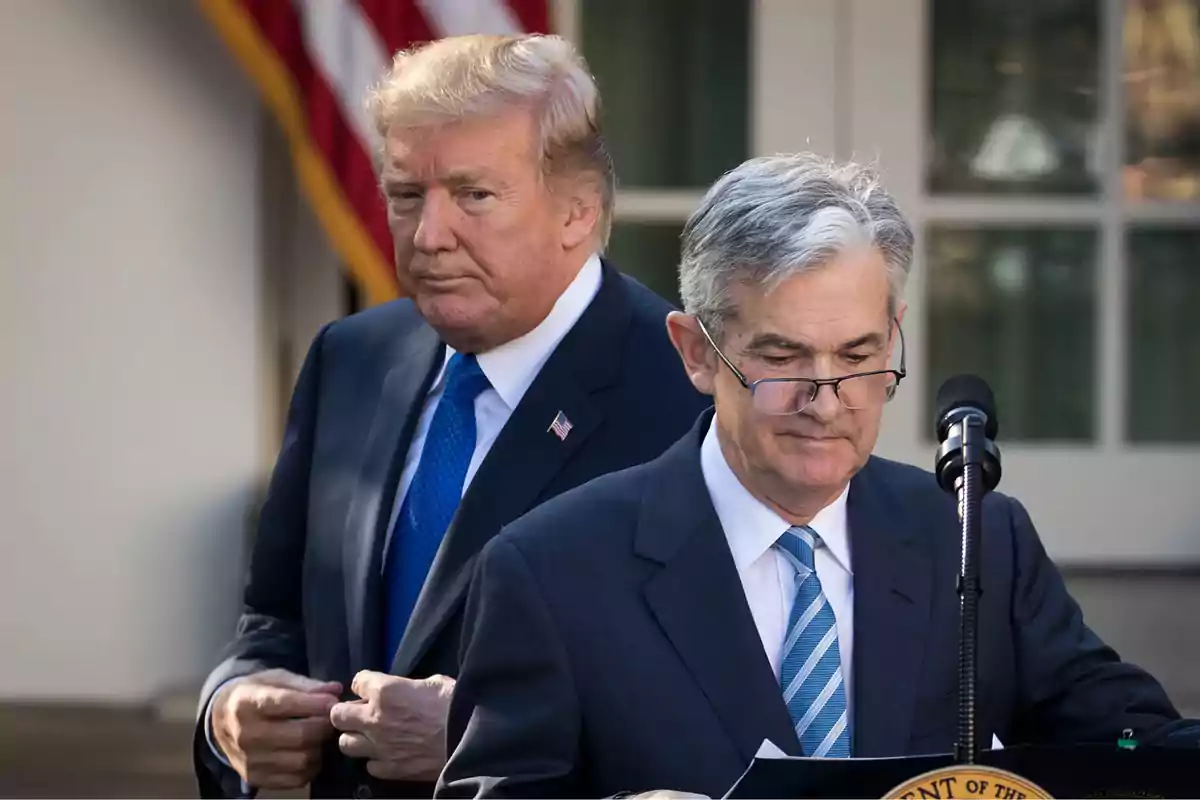
Trump could fire Jerome Powell due to his economic policies.
The President of the United States is reportedly considering firing the head of the Federal Reserve, with whom he has an adversarial relationship
President Donald Trumphas seen his relationship with Federal Reserve Chairman, Jerome Powell, significantly deteriorate to the point of considering his early dismissal.
According to The Wall Street Journal, Trump privately discussed the possibility of removing Powell for months, even raising the idea with Kevin Warsh, former governor of the FED and potential replacement.
Warsh, however, reportedly advised against taking that step, recommending that Trump allow Powell to complete his term, which ends in May 2026.

Powell's removal faces significant legal obstacles, as the Federal Reserve Act of 1913 states that board members can only be removed "for cause," meaning for misconduct, not political disagreements. When previously asked if he would resign if Trump requested it, Powell was clear: "No."
The tension between Trump and the Federal Reserve coincides with a key case before the Supreme Court, where the scope of presidential power over independent agencies, such as the National Labor Relations Board (NLRB) and the Merit Systems Protection Board (MSPB), is being evaluated.
In that case, Trump has argued that presidents should have the ability to fire the heads of these agencies without restrictions from Congress or judicial intervention.
This dispute could have significant implications for the institutional interdependence of the FED, as plaintiffs warn that a Trump victory would open the door for him to also remove Powell.
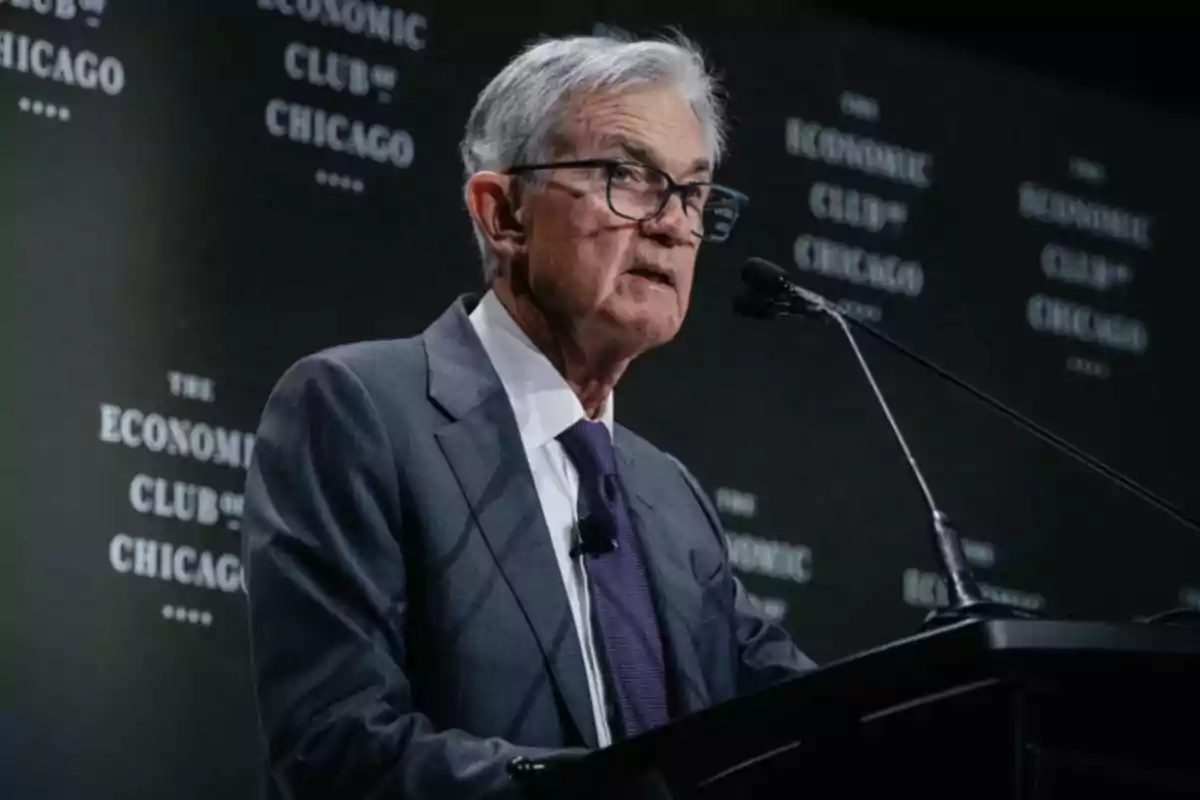
However, the Trump administration has denied that the case is directly related to the Federal Reserve, emphasizing that this institution has a "unique structure" with special legal protection derived from its history.
The Supreme Court has already demonstrated in recent decisions a greater willingness to limit the independence of agencies. In 2020, the justices removed the removal protection of the director of the Consumer Financial Protection Bureau (CFPB), arguing that this figure concentrated too much power without oversight.
However, in that same decision, the Court explicitly distinguished the Federal Reserve, suggesting that its legal status is different.
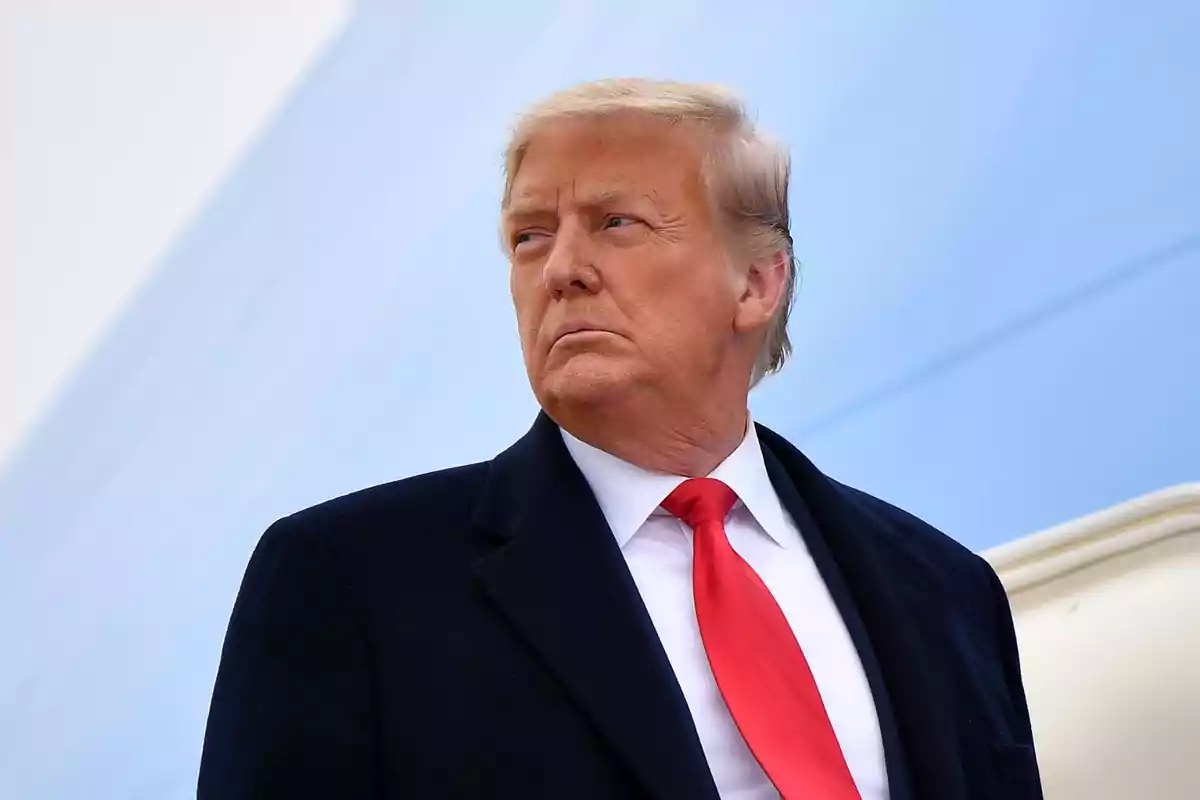
Justice Samuel Alito noted that the FED was the result of a "historic compromise" between those who wanted a government-controlled national banking system and those who advocated for a more private system. That special arrangement grants the FED an autonomy that doesn't apply to other agencies.
Meanwhile, Trump has increased his sharp criticisms against Powell, especially over interest rate policy. In repeated posts on Truth Social, the president has labeled Powell as "always late and wrong," demanding immediate rate cuts, especially since other entities like the European Central Bank (ECB) have already started cutting.
"Powell can't be fired fast enough," Trump wrote. In a recent press conference, he reaffirmed his discontent: "I'm not happy with him. If I want him gone, he'll be gone very quickly. Believe me."
Powell, however, has firmly defended the independence of the Federal Reserve, emphasizing that its mandate is to ensure maximum employment and price stability, beyond political pressures.
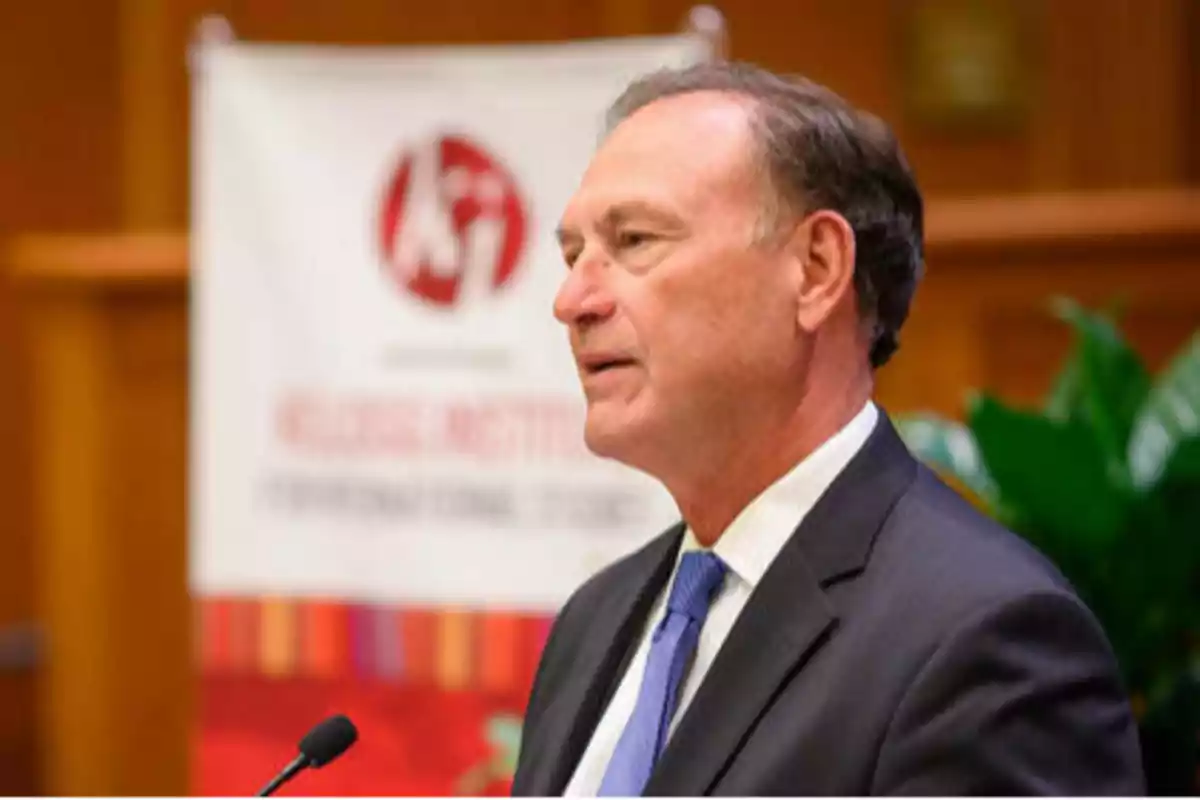
In his most recent public intervention, he noted that the U.S. economy remains strong, although inflation is still above the 2% target. He also warned that tariff policies could generate additional inflation and slow growth.
For now, the Supreme Court must decide whether to allow the president to advance his plan to limit the autonomy of independent executive bodies, which could redefine the balance of powers in the U.S. federal government.
Ultimately, although he has not yet officially attempted to remove Powell, Trump has made it clear that if he achieves a legal basis to do so, he will not hesitate to act. The outcome of the cases before the Supreme Court will be key in determining how far he can go.
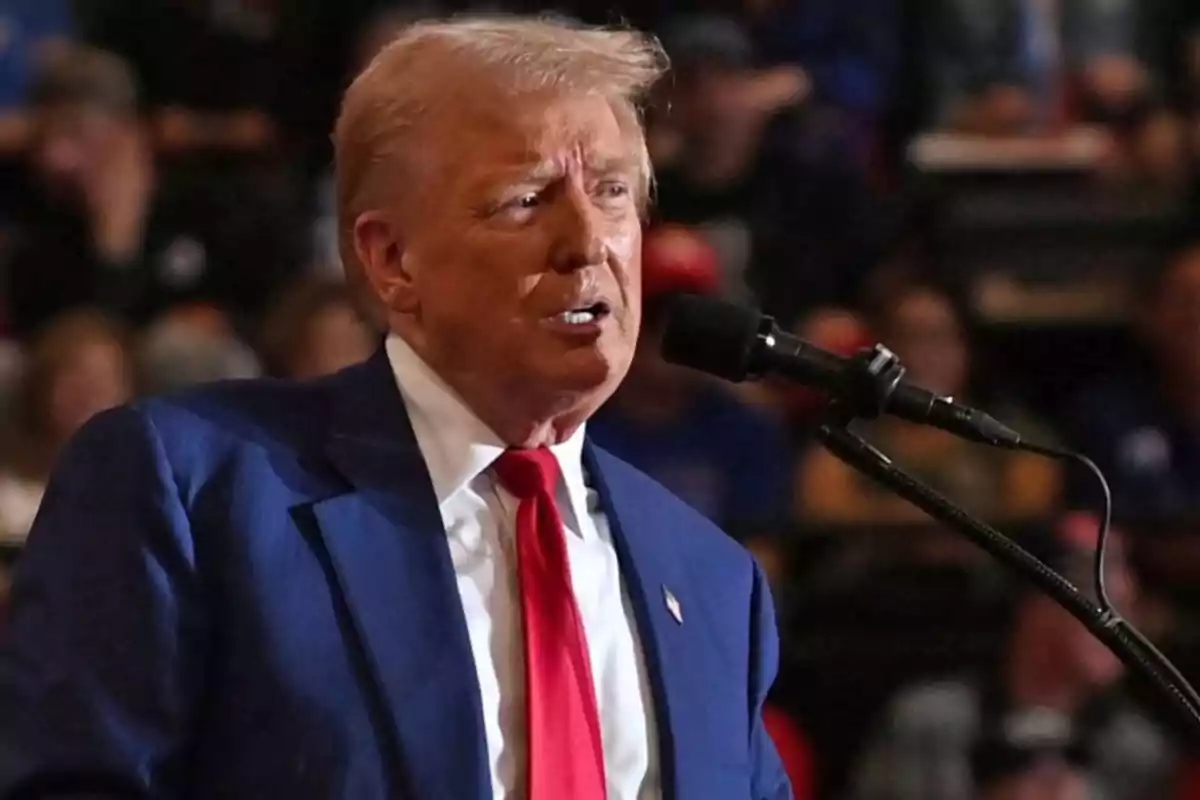
More posts: